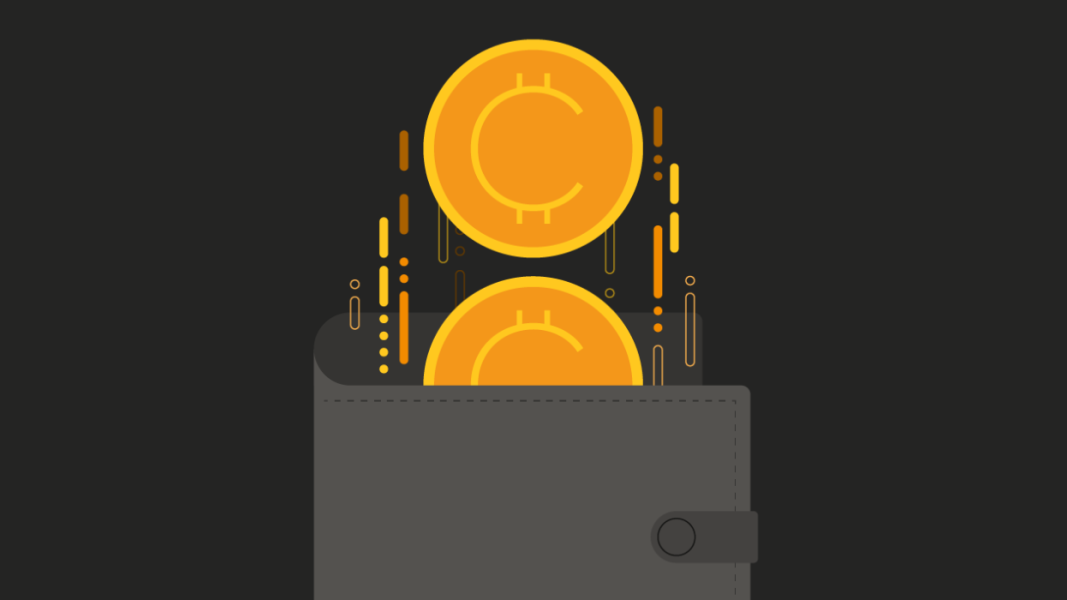Coinbase taps Circle’s USDC for its new stablecoin payment solution
The next era of commerce may be settled in stablecoins. Coinbase Payments, now live on Shopify, delivers a plug-and-play stack that enables platforms to offer global, instant USDC transactions with minimal friction.
In an announcement on June 18, Coinbase unveiled its new end-to-end stablecoin payments infrastructure, built to bridge the gap between traditional commerce and onchain finance.
The solution, powered by Coinbase’s layer-2 network, Base, allows merchants to accept Circle’s stablecoin USDC without dealing with blockchain complexity. Shopify, the first major partner, has already integrated the system, enabling its vast merchant base to receive near-instant, low-cost USDC payments from customers worldwide.
Bringing stablecoins to the checkout line: how it works
According to the announcement, Coinbase’s new stablecoin payments infrastructure features a consumer-facing checkout layer, a merchant-focused API suite, and an onchain settlement protocol.
The first layer, Stablecoin Checkout, is a wallet-native interface that supports USDC payments across hundreds of crypto wallets, including MetaMask, Phantom, and Coinbase Wallet. It’s optimized for UX, offering a gasless flow that eliminates the manual fee calculations typical in crypto payments.
Behind the scenes, the Ecommerce Engine translates merchant operations, such as refunds and subscriptions, into blockchain-compatible actions using standardized APIs. This removes the need for platforms to manage private keys or build custom logic.
Settlement is handled by the Commerce Payments Protocol, an open-source smart contract system that mimics traditional ecommerce features like escrow and delayed capture. Leveraging Base’s sub-second finality, it makes stablecoin settlement feel native to modern commerce.
The Shopify integration showcases the system’s plug-and-play design. When a customer pays with USDC, the transaction routes through Coinbase’s wallet-native interface, while Shopify verifies payment via API. Funds are held in smart contract escrow until order fulfillment, providing merchants with immediate confirmation without banking delays.
A stablecoin-native commerce stack with real-world potential
Beyond speed and cost improvements, Coinbase’s payment stack offers meaningful advantages. Platforms can support USDC without a full-stack rebuild, integrate fiat offramps for hybrid finance flows, and retain auditability via onchain execution, all while avoiding the technical risks of self-managed crypto infrastructure.
The rollout comes amid growing institutional interest in stablecoin utility. Last year, over $30 trillion in stablecoin settlements were processed, underscoring their role as a scalable alternative to correspondent banking. Still, adoption in ecommerce has been limited due to technical fragmentation and regulatory uncertainty.
By embedding its infrastructure into platforms like Shopify, Coinbase is positioning USDC as a neutral settlement layer between fiat and crypto economies. Future upgrades—such as programmable rewards baked into transactions, could further blur the line between traditional finance and onchain systems.
También te puede interesar

Let’s take a look at the currently popular crypto payment products. Exchanges are the main players. What are their highlights and benefits?

GMX finalizes $44M payout to GLP holders affected by V1 exploit
